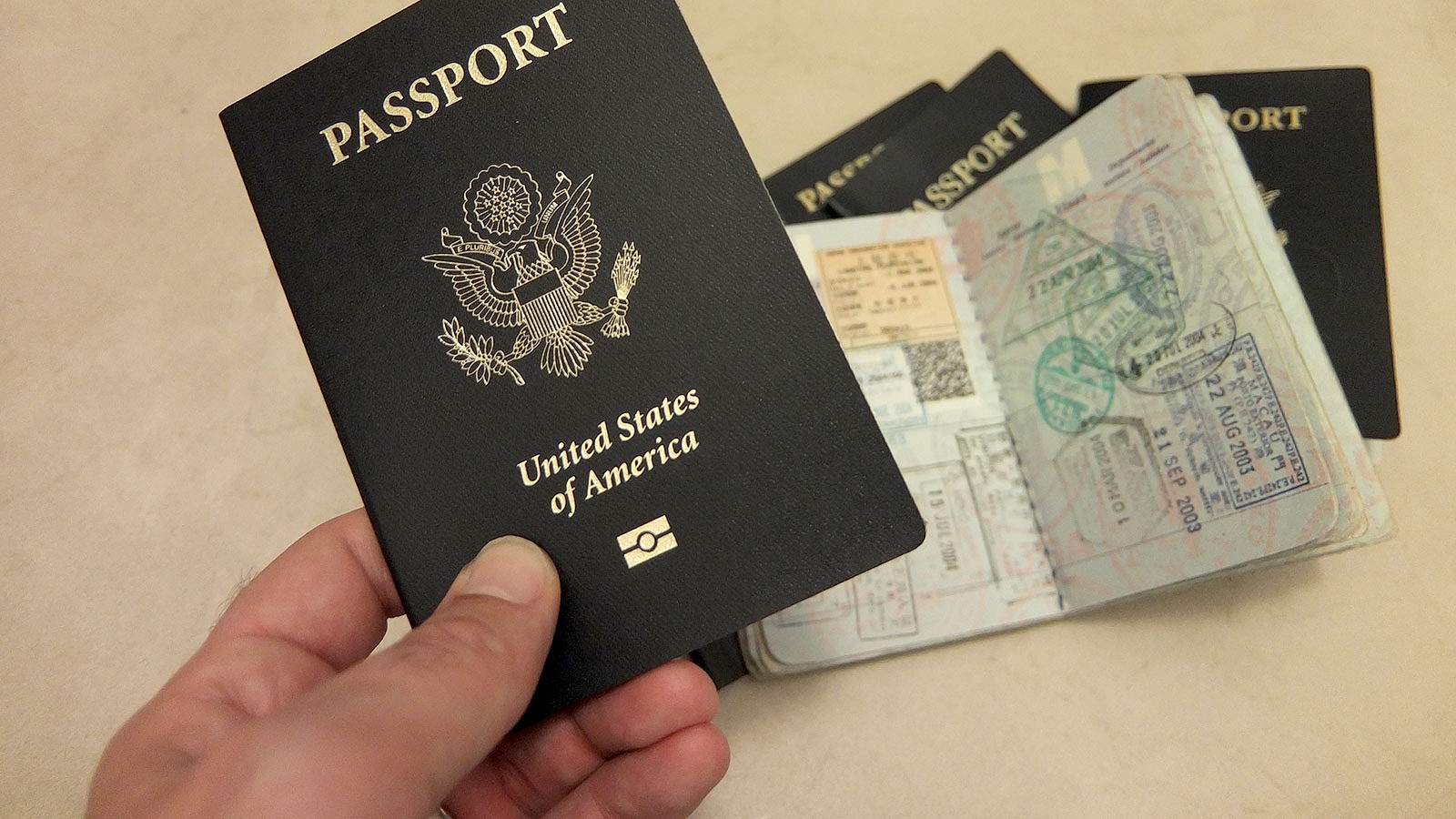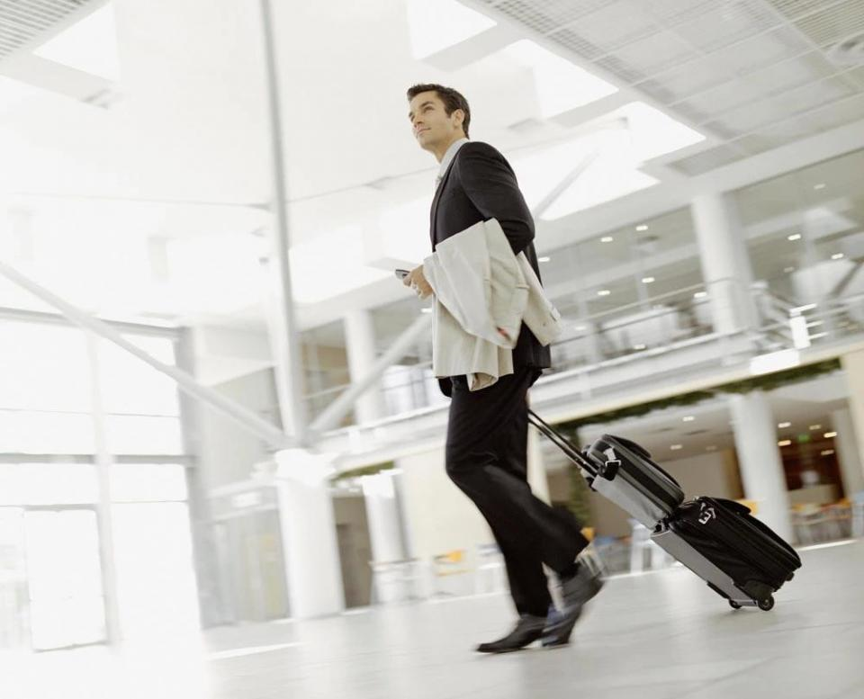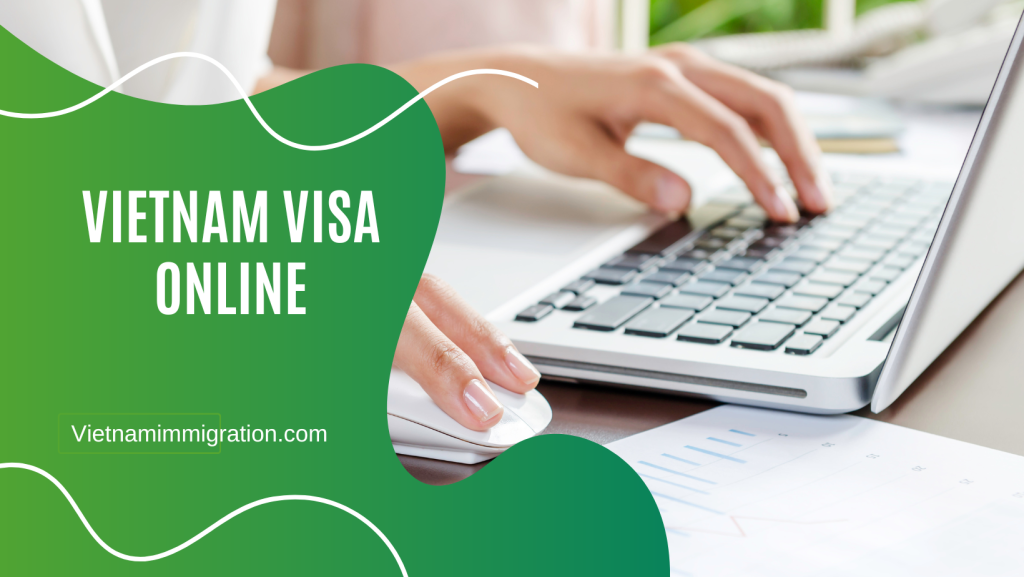Planning a business trip from the United States to Vietnam in 2025? Whether you’re heading to Hanoi for a trade conference, visiting suppliers in Ho Chi Minh City, or exploring …

Planning a business trip to Vietnam in 2025? As a US citizen, your success in securing a business visa depends entirely on meeting every single requirement—down to the smallest detail. Missing just one document or misunderstanding a rule could delay your trip, cost you money, and jeopardize your business plans. That’s why we’ve compiled this fully updated guide for 2025, complete with a comprehensive checklist so you can prepare like a pro.
A Vietnam business visa is an official authorization granted by the Vietnamese immigration authorities allowing foreign nationals to enter Vietnam for work-related purposes. For US citizens, it serves as a legal entry permit to attend conferences, negotiate contracts, inspect factories, meet partners, or engage in other commercial activities within the country.
Typically, a Vietnam business visa is issued for short-term stays, ranging from 1 month to 3 months, and can be either single-entry (one arrival only) or multiple-entry (unlimited entries within the visa’s validity period). The choice depends on your travel needs and business schedule.
Unlike a tourist visa, which is strictly for leisure travel, a business visa specifically authorizes professional activities. Using the wrong visa type—such as conducting business on a tourist visa—can result in fines, refused entry, or long-term immigration issues.
In recent years, there’s been a noticeable increase in US citizens opting for the e-visa option for business purposes. Thanks to its convenience and relatively simple process, it has become the most popular way for Americans to obtain a Vietnam business visa without physically visiting an embassy or consulate.

To qualify for a Vietnam business visa in 2025, US citizens must hold a valid US passport with at least six months of validity remaining from their intended date of entry. This requirement ensures your passport is acceptable under Vietnamese and international immigration rules.
You must have a clear, legitimate business purpose for your visit—such as attending meetings, signing deals, or participating in exhibitions. The purpose should be easily verifiable through documents like meeting agendas or company invitations.
Applicants must not appear on Vietnam’s immigration blacklist. This could include individuals who previously overstayed a visa, violated immigration rules, or were deported. If you’ve had immigration issues in Vietnam before, they must be fully resolved before reapplying.
Additionally, your travel record must be clean in terms of Vietnamese law. If you’ve previously breached local laws or overstayed a prior visa, you may face extra scrutiny or refusal. Meeting these criteria upfront is essential for a smooth application process.
If you choose to apply online for an e-visa, the process is straightforward and requires minimal paperwork. US business travellers don’t need an invitation letter or a large number of supporting documents. The essentials are:
If you apply directly at a Vietnamese embassy or consulate in the US, the requirements are more detailed. In addition to the above, you will usually need:
Online applications are generally faster and more convenient, especially for short-term stays. Embassy applications may be necessary for certain longer-term or multiple-entry visas but require more time and paperwork. Choosing the right method depends on your specific travel and business needs.

1. Submitting an Incomplete Application Package
One of the most common reasons for rejection is failing to provide all the required documents. Even missing something as small as a properly sized photo or a specific page of your passport scan can cause delays or outright denial. Immigration officers will not process incomplete applications, and you may be asked to resubmit everything from scratch. This is why it’s essential to use a checklist and verify that you’ve included every document before submission.
2. Providing Incorrect or Inconsistent Information
Errors in your visa application form—such as a misspelled name, incorrect passport number, wrong travel dates, or mismatched details between your form and your documents—can easily lead to rejection. Vietnamese immigration authorities are strict about accuracy, and even small discrepancies raise red flags. Always double-check your form against your passport and supporting paperwork to ensure everything matches perfectly.
3. Submitting Poor-Quality or Non-Compliant Documents
A blurry passport scan, a photo with the wrong dimensions, or an image with shadows across your face can all result in your application being rejected. The same applies if your documents are damaged, expired, or not in the required format. US applicants should ensure all files are clear, well-lit, and meet Vietnam’s official visa standards before uploading or submitting them.
4. Selecting the Wrong Visa Type or Declaring the Wrong Purpose
Some US travellers mistakenly apply for a tourist visa when they actually need a business visa, thinking it will be faster or cheaper. This is a costly mistake—if your stated purpose of travel doesn’t match the visa type, immigration officers can refuse your entry even if the visa was approved. Always choose the correct visa type based on your true activities in Vietnam.
5. Applying Too Close to the Travel Date
Even with urgent processing options, applying at the last minute can be risky. Delays can occur due to holidays, technical issues, or high application volumes, especially during peak travel seasons. If you don’t allow enough time, you may be forced to postpone or cancel your trip. For US citizens, applying at least two to three weeks before departure is the safest approach to ensure timely approval.
A professional visa service can be the difference between a smooth application and a stressful last-minute scramble. These services review your documents before submission, ensuring everything meets Vietnamese immigration standards and reducing the risk of rejection.
They offer fast-track processing, including urgent packages that can deliver a visa approval in as little as 2–8 hours—perfect for emergency business trips. This speed is often impossible to achieve through standard channels without professional assistance.
In addition, professional agencies provide 24/7 customer support and can answer all questions related to your visa or entry into Vietnam. This is especially valuable for first-time travellers or those with tight schedules.
For example, Vietnam Visa Services offers a 100% approval guarantee and a full refund if your visa isn’t issued on time. With over 15 years of experience assisting US citizens, they handle all the complexities so you can focus on your business objectives.

A Vietnam business visa for US citizens in 2025 is straightforward—if you meet all the requirements. By following this checklist, preparing your documents carefully, and considering the support of a trusted visa service, you can avoid last-minute problems and arrive in Vietnam ready for business.

